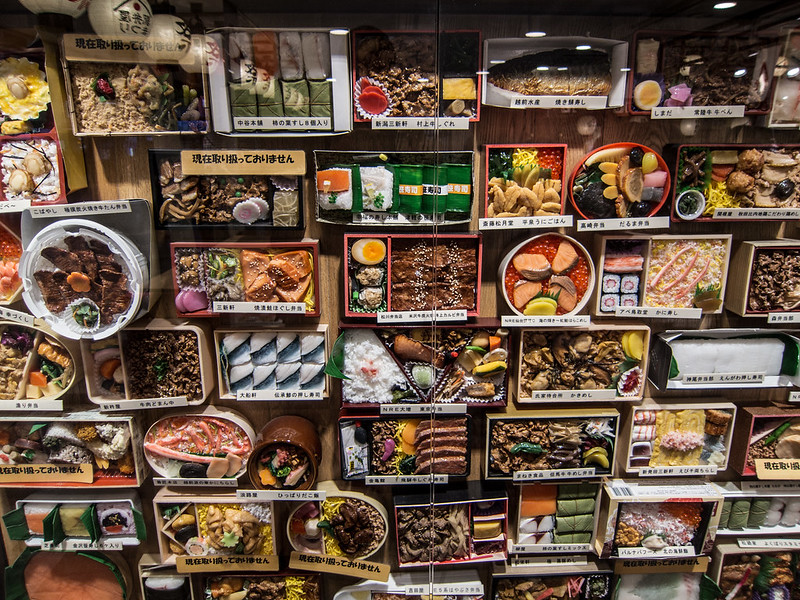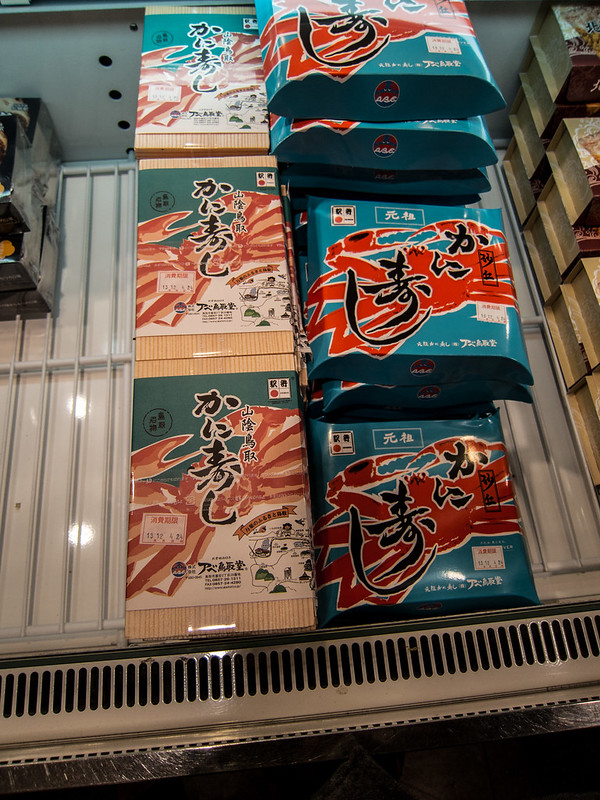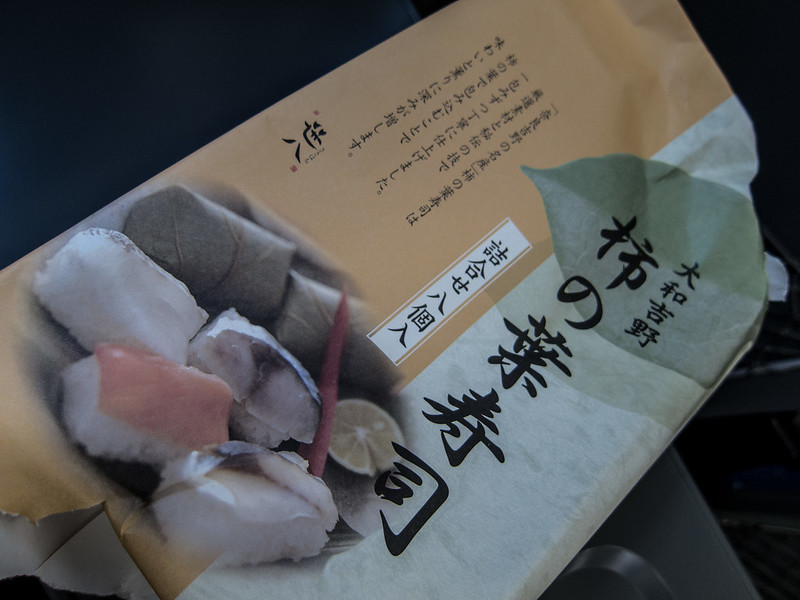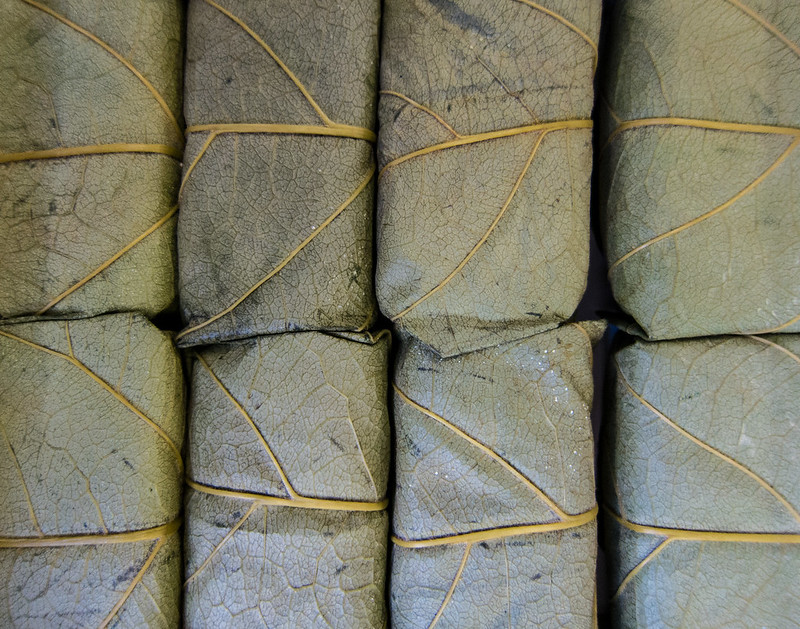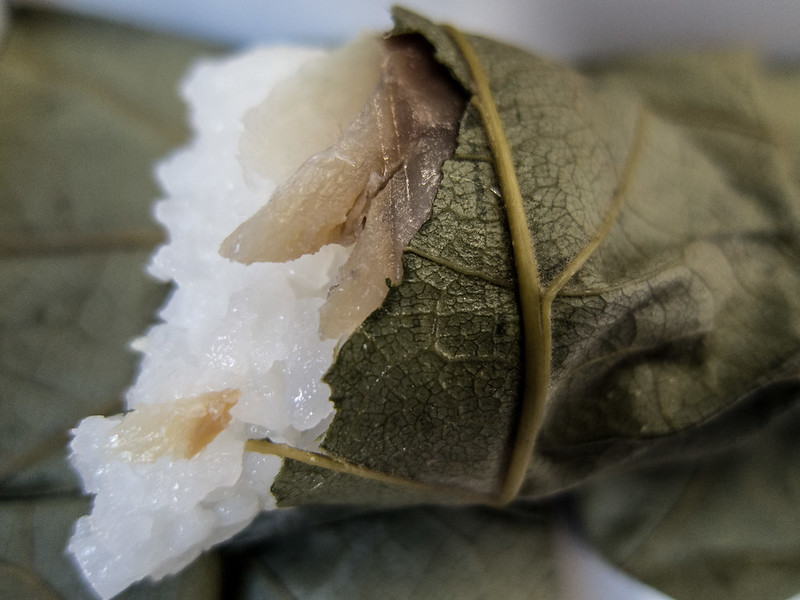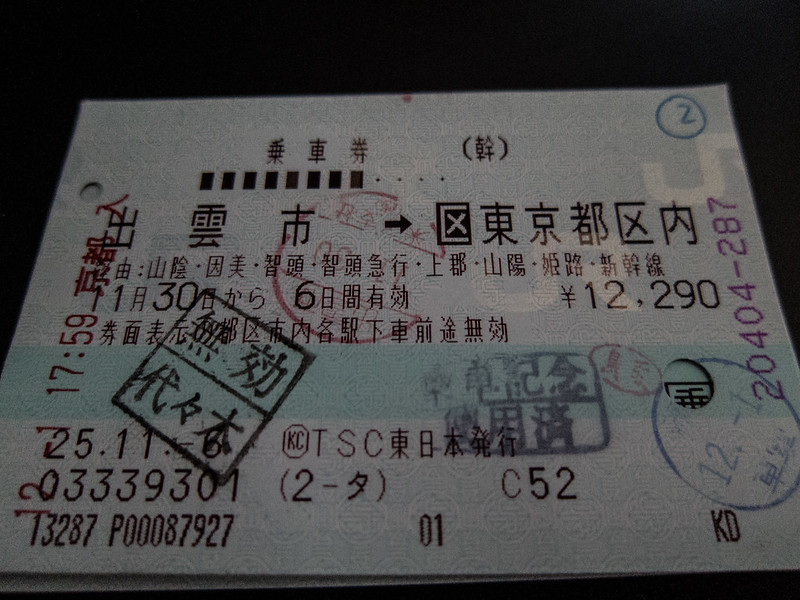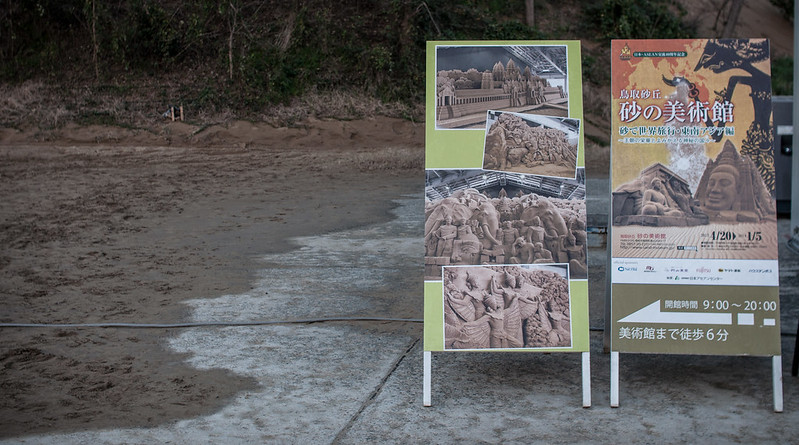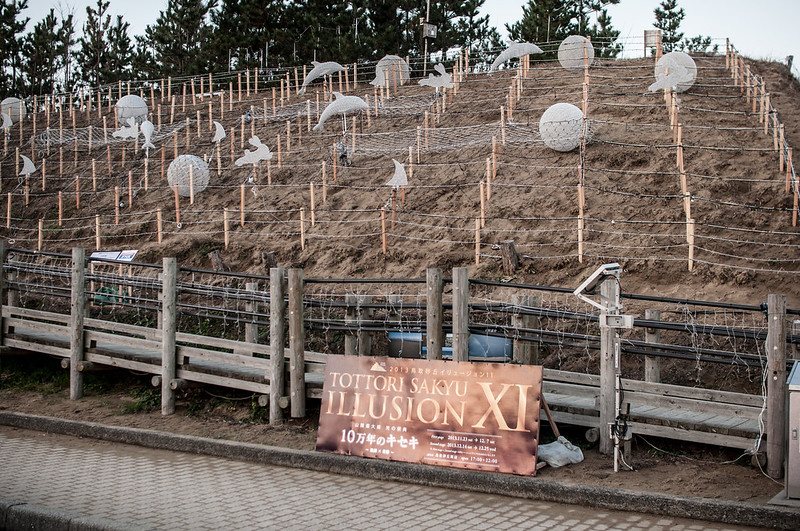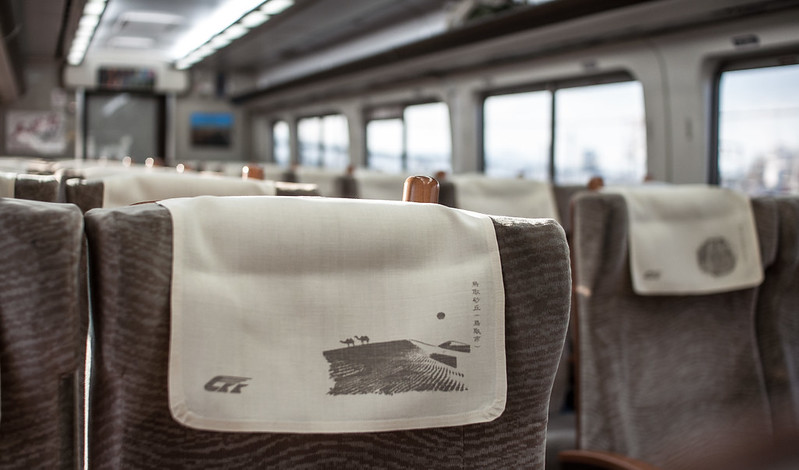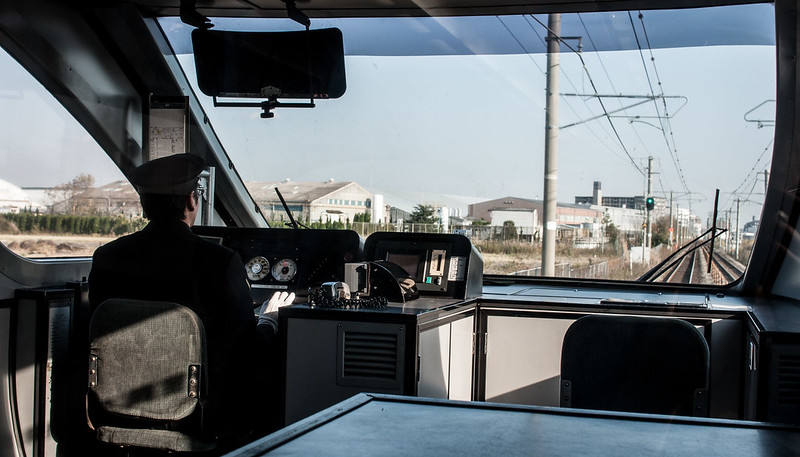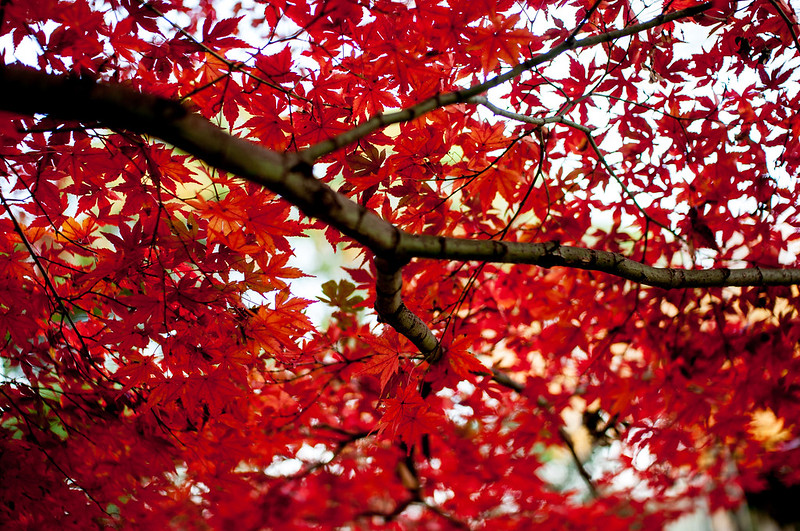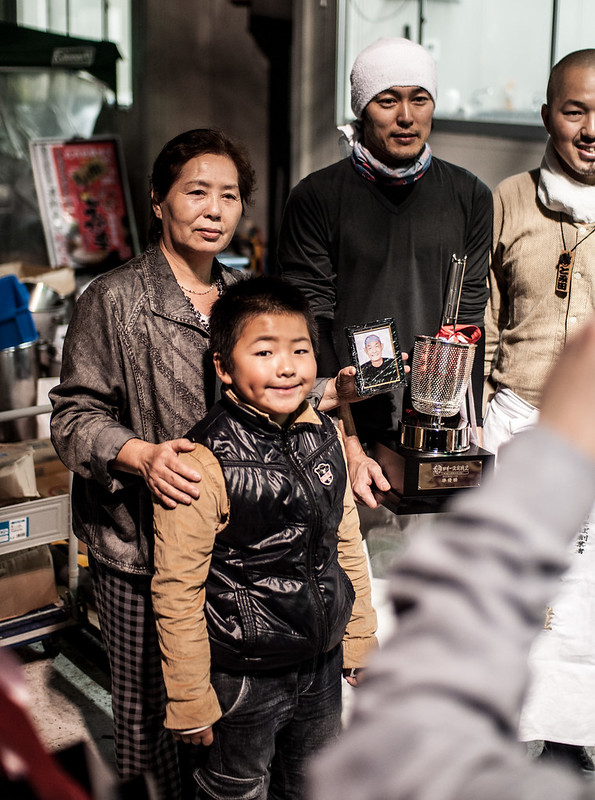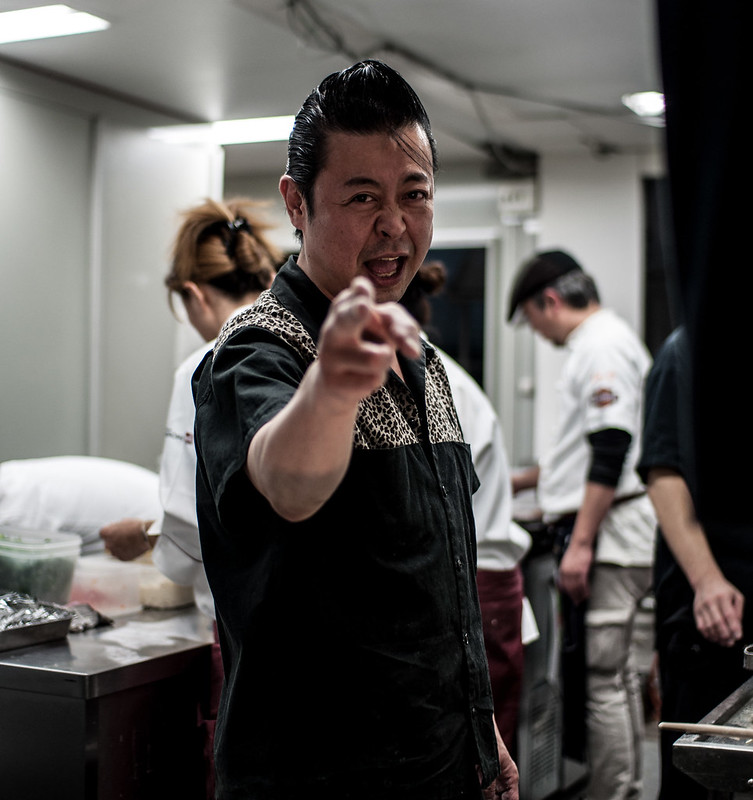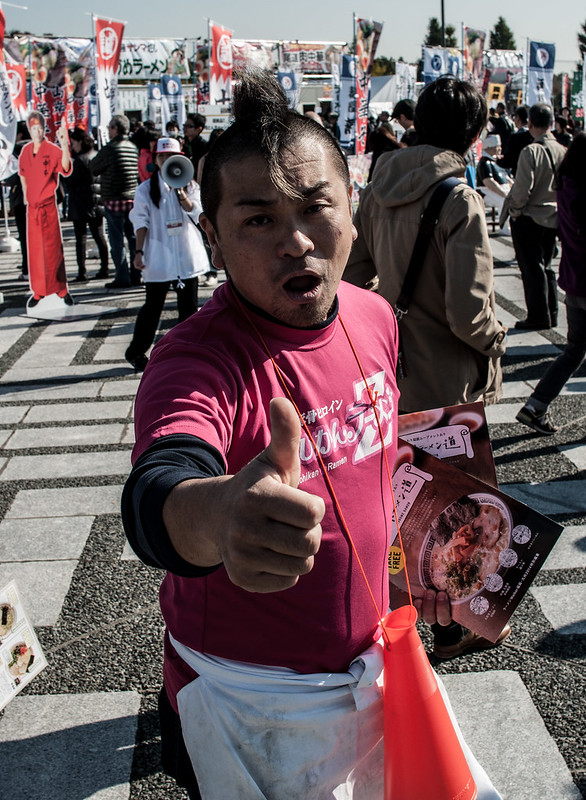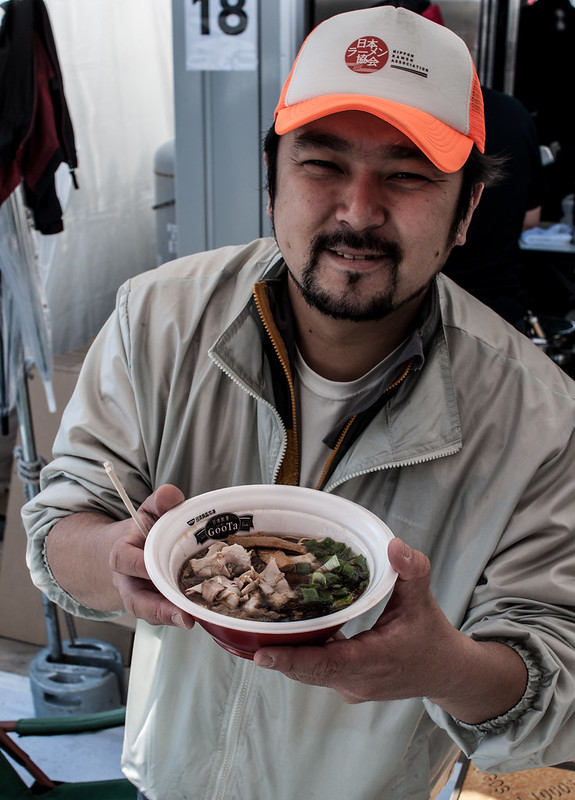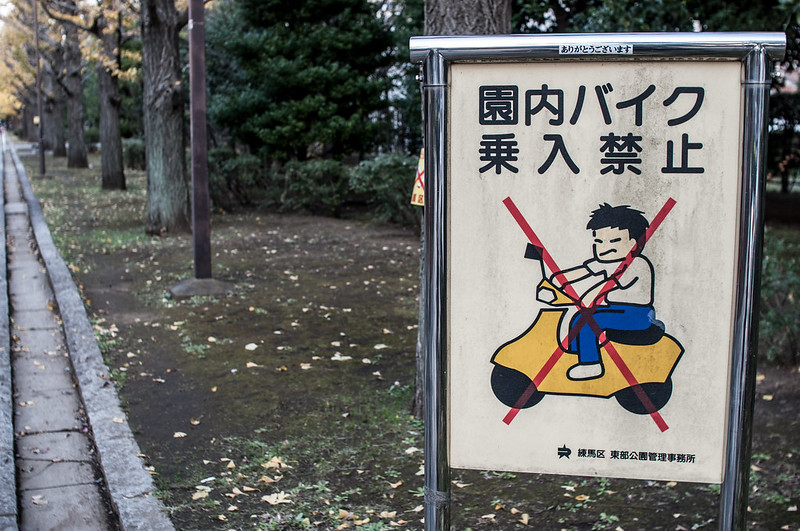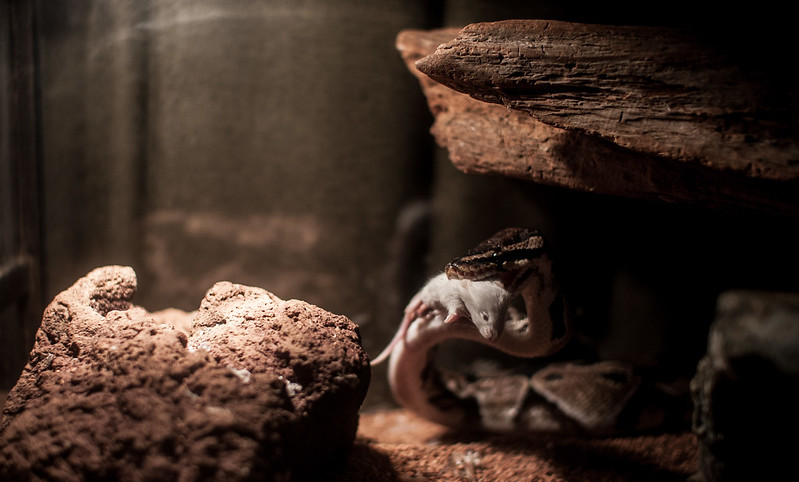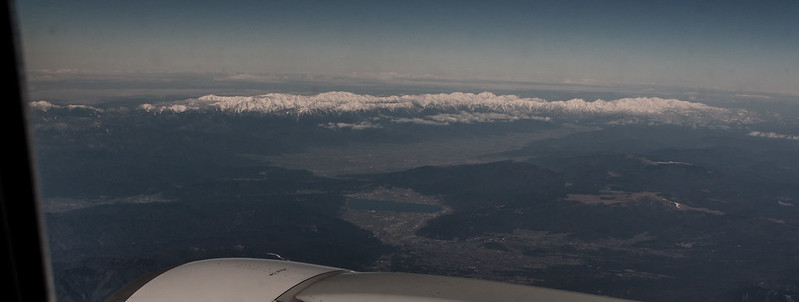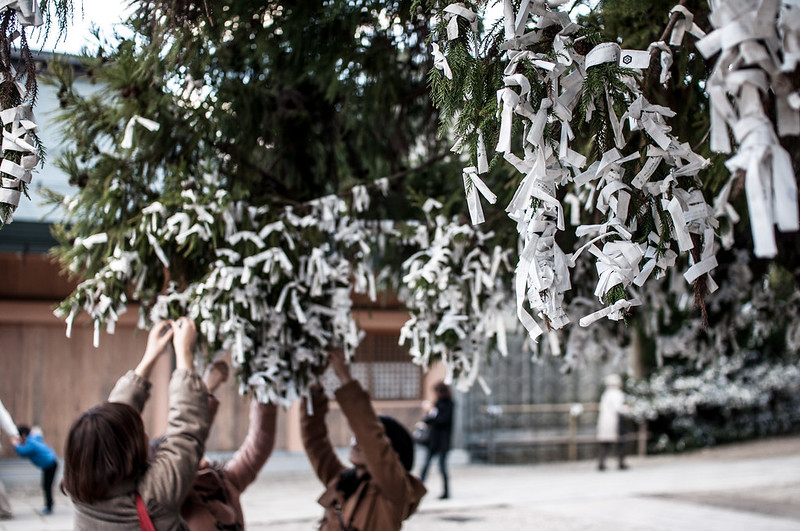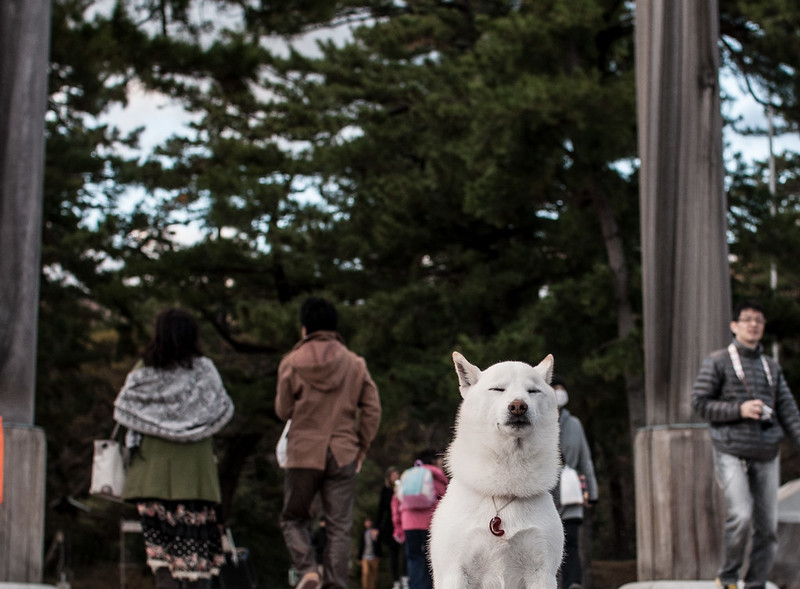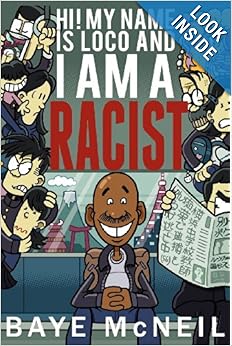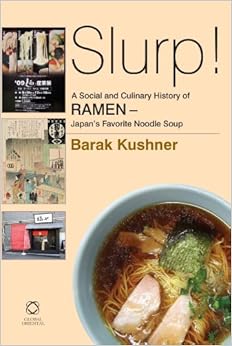秋の寿司
I though that autumn would continue where summer left off, with me still being broke and me still taking the sushi game way down a level. I rely somewhat on my food tour business to hook me up with high-end eats, but sometimes dip into the personal funds for special occasions. With no tours planned, and a bankbook the same color as the changing leaves (
red!), I'd just have to chill for a bit, right?
スシロー - Sushiro

I wanted to go to
Ivan Ramen before a job in Rokakoen one day, but the lunch shift was finished. How about a roadside
kaiten sushi spot!

Man was this one bad. Sure, you can eat a bunch of food for less than $15, but do you really want to? I guess I stopped going to these conveyor belt sushi shops a couple years back, after picking up a debilitating stomach-full of bacteria. I'd never been that sick in my life, and the red-hot knife that was being stabbed into my stomach didn't let up for a full 36 hours.
Beware cheap sushi.
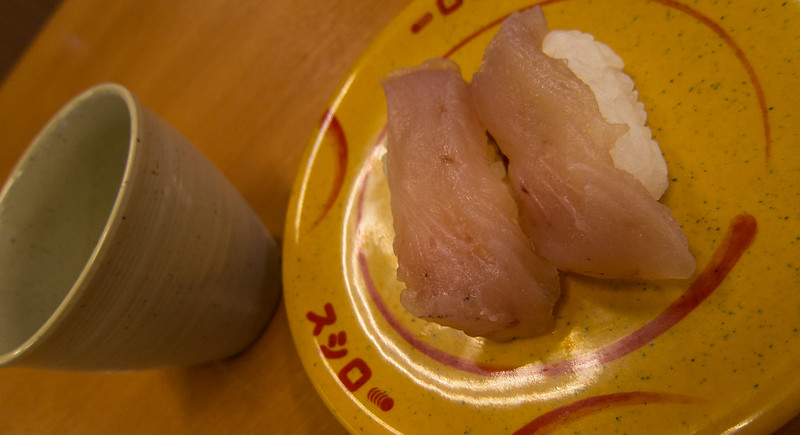
Sushiro is cheap, and I guess the
bintoro was decent. We call is
hamachi back in America, one of the biggest misnomers in culinary history. Completely different fish, though I actually prefer the mega-cheap
bintoro (American
hamachi) over pricey
hamachi (Japanese
hamachi) most of the time. Nostalgia for the sushi of my youth, I guess.
I've only looked into this for a few drunk minutes on the internet, but I guess
bintoro is albacore, but not French albacore, which is another name for Yellowfin Tuna, which is marketed as
hamachi, and sometimes
ahi, but is a different fish from the English albacore. Make sense?
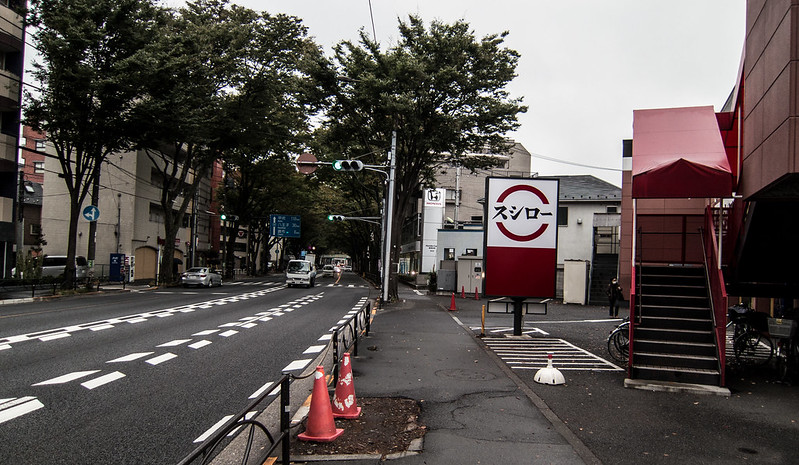 臥龍 - Garyu
臥龍 - Garyu
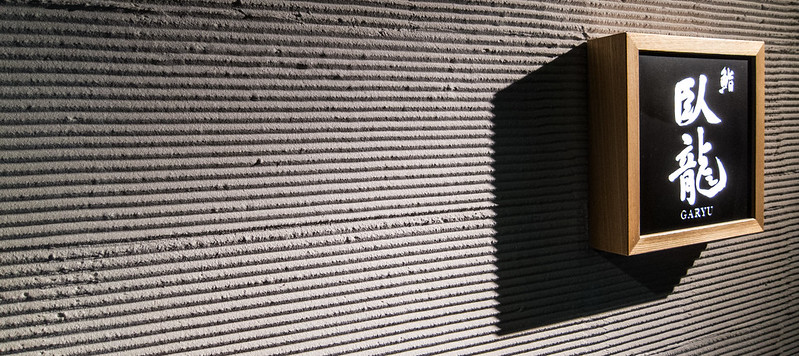
Garyu is a high-end sushi shop worthy of the Michelin star it doesn't have. Or maybe it does, my Michelin guide is from 2011, and I'm sure some things have changed.
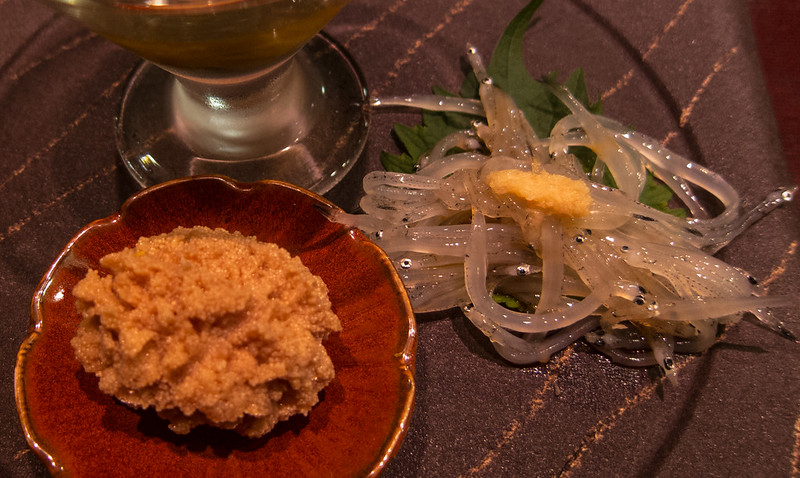
This was, yes, for a food tour. A last-minute arrival to Tokyo gave me just a day to find a reservation. Garyu was the 13th shop that I called. Sure, a 9:00pm reservation was possible, but not for foreigners. Yep, this was the first sushi shop I have ever been to that tried to reject me as a non-Japanese customer. Their reasoning was twofold; that overseas guests often make reservations and then don't bother to call when they cancel, and that they don't understand the
omakase concept. I convinced them . . . no menu, no problem.
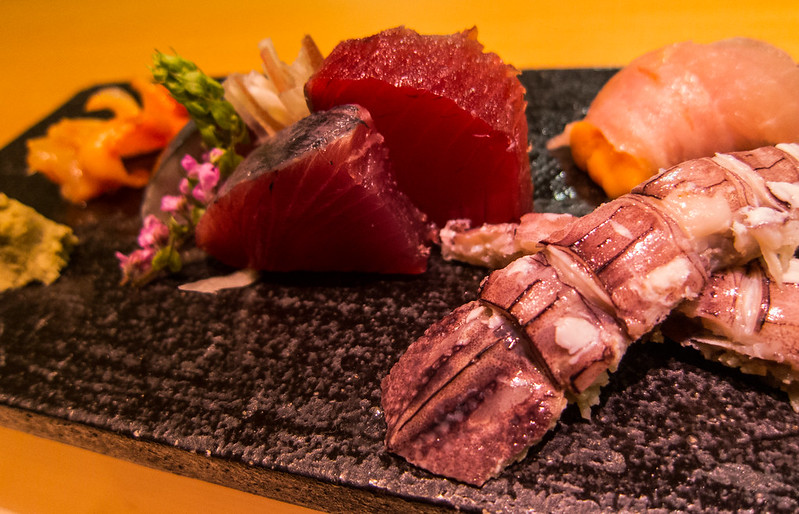
I lost count, but they serve up about six cooked dishes before the ten or so
nigiri. The
sashimi was particularly excellent, with a piece of
kinmedai wrapped around uni.
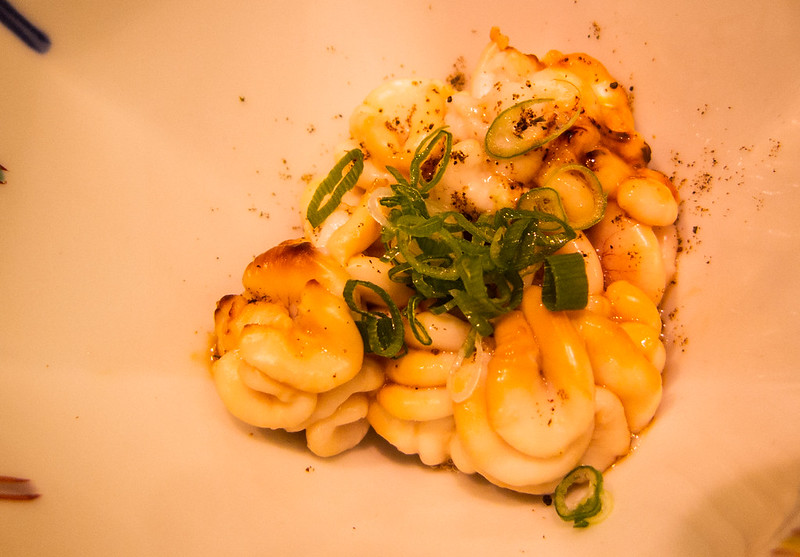
I would prefer the balance to be weighted toward the raw side, but at Garyu you just let the master serve whatever he wants.
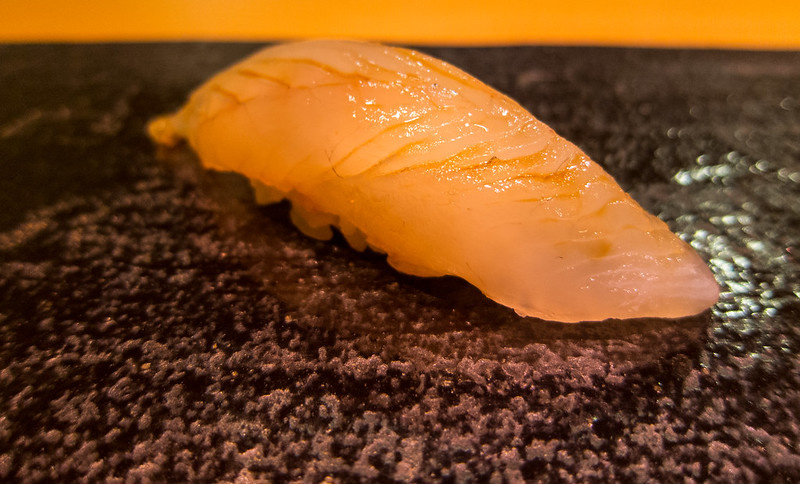
The
nigiri was standard, with some hits like the
hirame (flounder).
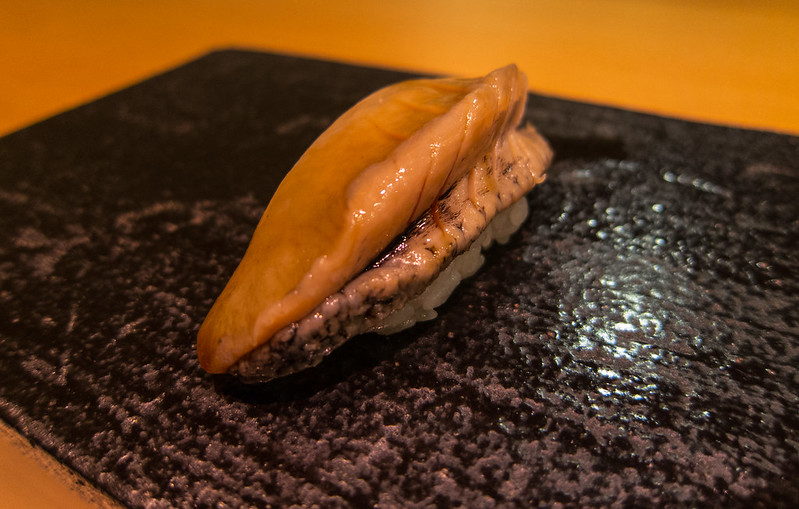
And some misses like the
awabi (abalone). It was super tough, though probably meant to be that way.

Fantastic
kohada (shad). Garyu's rice is cooked a bit more firm and with a bit less vinegar than other shops.
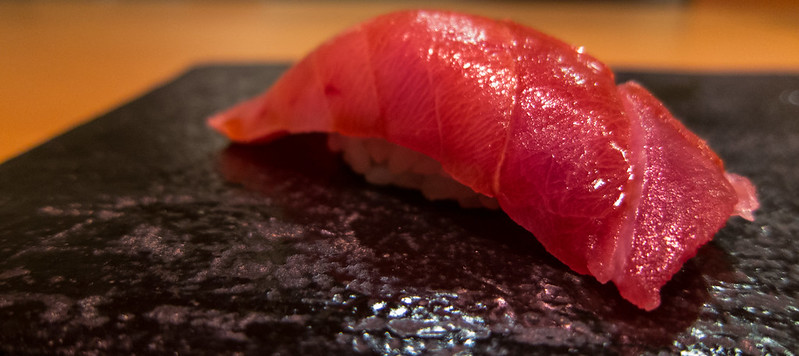
Garyu is ranked very high in Tokyo. Expect to pay around $200 a person. For that price though, I might go with something else, like Kanesaka.
羽田空港 - Random Sushi Stand at Haneda Airport
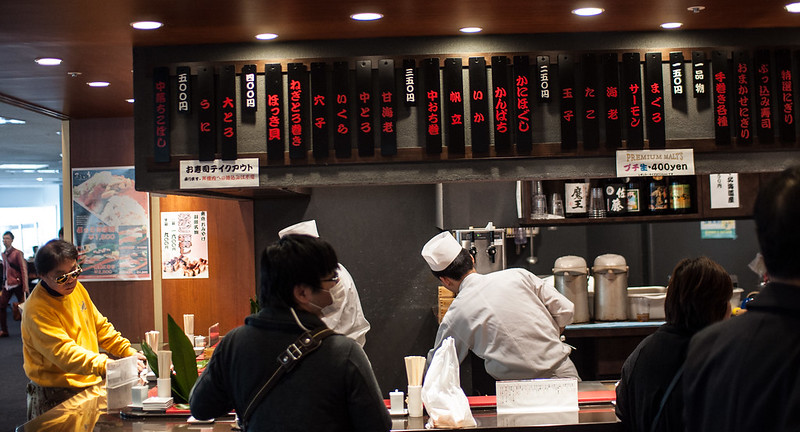
Say what? Nasty-ass airport sushi?
Naw, bro, this sushi bar at the domestic terminal of Haneda Airport looked legit! I didn't have time to try anything, but dudes were eating
uni and
kinmedai and
otoro. I'll show up for my next flight early and give it the proper try.

For now, I grabbed the shop's take-out
futomaki bento. Solid snack for 1000 yen!

I've seen this Do-and-Don't graphic all over the facebook these days, and I gotta talk about 2 points. Before I came to Japan, my company gave us some sort of Japanese manners book, and it said the same stuff.
- Rubbing the chopsticks together. I was told that this is super rude. But you know what is worse? Getting a mouth-splinter with your tuna. If they are the kind of chopsticks you break apart, rub them down. Expensive places will sand their own chopsticks before they open, and it should be apparent that you don't need to worry.
- Wasabi in the soy sauce. Totally fine. Again, I was told never to do this, and then saw every Japanese person doing it. Wasabi is delicious. Higher end shops will season the sushi for you, so you don't need to dip. But, yeah, I see hella people doing this at sushi shops. Generally, with sashimi, you put the wasabi directly on the fish, but this is because there are a few different toppings for sashimi (wasabi, grated ginger, myoga, etc) and you wouldn't want to mix them all into the soy sauce. Let me know if there is something I am missing.
魚真 - Uoshin
I was talking sushi with some Shimo-Kitazawa friends (the hipster part of Tokyo!) and they said that Uoshin was legit. Let's go now! And we did.
I like the menu at Uoshin. Of course, you can order whatever you want, but if you like pre-arranged sets (I do), they have 5 of them to order; the seasonal set, the white fish set, the shellfish set, the flame-kissed set (how do you translate 炙り? It isn't really grilled), and the
軍艦島 set.
Gotta start with the seasonal fish.
Crazy sweet 甘海老 -
ama-ebi.
鯖 -
saba - mackerel.
鰊 - n
ishin - Herring.
The people next to us ordered some daikon, and suddenly 5 other people in the shop ordered the same thing. Looks good!
Next, I had the 炙り set. Five different oily fish hit with the blow torch to bring out the fatty flavors.
Finally the 軍艦巻き set.
Gunkan maki filled to the brim.
Uoshin is solid. The vibe is lively, and the cost performance is one of the best I've had in Tokyo. The shop is part of a chain of seafood restaurants, and there is a full on restaurant next door. This is the only one that specializes in sushi, from what I can gather.
Technically, winter starts on December 21st. But all these sushi shops are serving up winter fish before that time. Winter means delectable, fatty fish. Stay tuned.


















